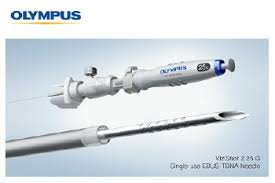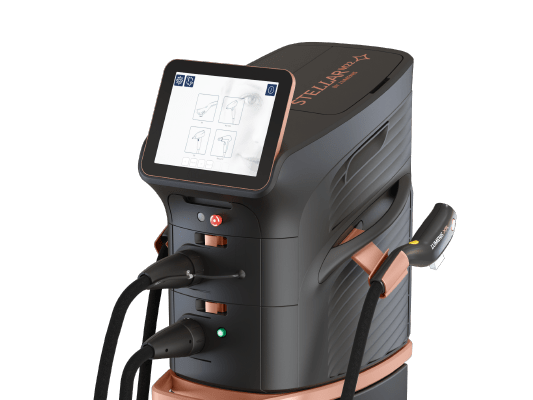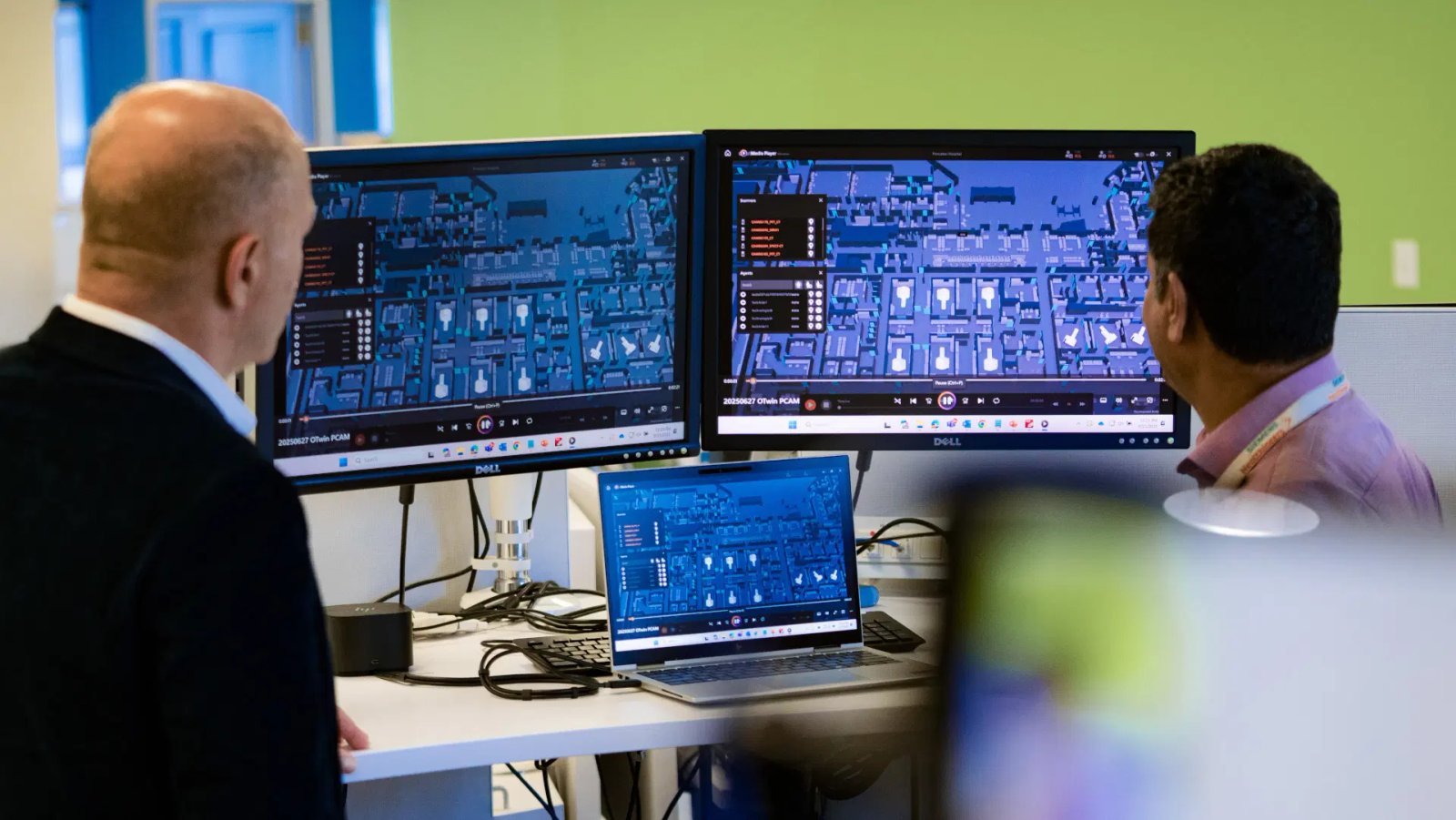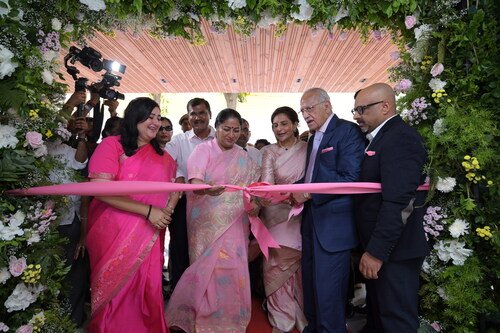InterShunt Technologies has marked a pivotal milestone in heart failure research with the successful enrollment of the first patient in its EASE HF2 Early Feasibility Study, evaluating a novel device designed to alleviate symptoms in patients with heart failure with reduced ejection fraction (HFrEF). Unlike conventional therapies, this innovation offers a minimally invasive solution that creates a small interatrial opening to reduce excessive pressure in the heart—without leaving any implant behind. By using a mechanical cutting technique, the device minimizes the risk of scarring and enables the heart to maintain its natural motion, addressing a critical unmet need for patients who do not respond adequately to existing treatments.
The first U.S. procedure was performed at The Christ Hospital Health Network in Cincinnati, Ohio, by Dr. Sitaramesh Emani and the Structural Heart Intervention Team. The patient, who was discharged the following day with positive outcomes, represents a promising start to the trial. The EASE HF2 study focuses on assessing the safety and efficacy of this unique pressure-relief approach, potentially offering a new standard of care for HFrEF—a condition that affects millions globally and often results in frequent hospitalizations and diminished quality of life.
With no permanent implant left in the body, the device preserves future therapeutic options while avoiding complications associated with long-term implants. InterShunt’s approach exemplifies a growing trend in structural heart innovation—developing reversible, patient-centric interventions with broad applicability. If successful, the trial could pave the way for expanded treatment options that improve symptom management, reduce hospital readmissions, and enhance the overall care trajectory for heart failure patients.

























